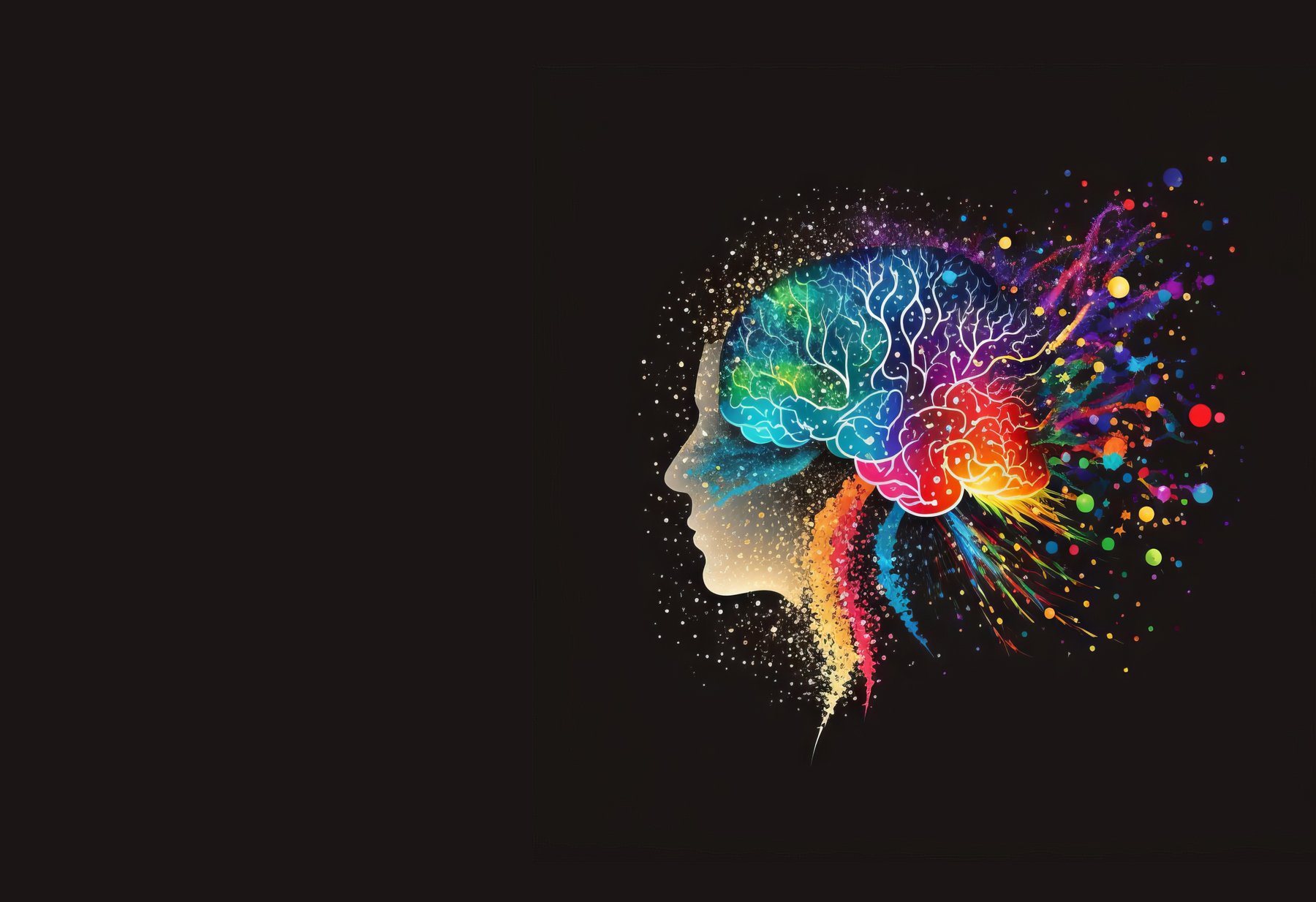
Overview
Due to age-related changes in the body, coexisting medical disorders, and heightened vulnerability to pharmaceutical side effects, pain in older persons poses special concerns. Chronic pain is becoming more common in older persons as the population ages, which has an effect on quality of life, physical function, and general well-being. In order to maximize results and improve quality of life, this article emphasizes the significance of thorough assessment, tailored care, and multidisciplinary methods. It also examines the symptoms, available treatments, and factors to be taken into account when managing pain in older persons.
1. Recognizing Pain in Senior Citizens
In older persons, pain is a prevalent and frequently underdiagnosed issue that affects up to 50% of those living in the community and over 80% of those in long-term care institutions. In older adults, chronic pain issues such as osteoarthritis, back pain, neuropathy, and musculoskeletal illnesses are common and can lead to reduced mobility, functional impairment, and a lower quality of life. Acute pain from surgery, medical issues, or injuries can also be quite problematic for older persons, especially if they have several comorbidities and are weak.
2. Signs and Evaluation
Because of alterations in pain perception, sensory processing, and communication skills associated with aging, pain in older persons may manifest differently than in younger groups. Underreporting of pain by older persons or attributing symptoms to age, cognitive decline, or other medical issues can result in underdiagnosis and undertreatment of pain. Persistent or recurrent pain, limited mobility, trouble completing daily tasks, behavioral or emotional problems, and trouble sleeping are common signs of pain in older persons. Accurately assessing pain severity, location, quality, and influence on function requires the use of comprehensive pain assessment methods, such as self-report scales, observational measurements, and functional evaluations.
3. Treatment Pointers
The specific physiological, psychological, and social aspects of managing pain in older persons must be carefully taken into account as they might affect therapy outcomes and tolerability. Pharmaceutical interventions, like analgesic drugs (like acetaminophen, nonsteroidal anti-inflammatory drugs, and opioids), should be started at low dosages and gradually increased to reduce the possibility of side effects like drowsiness, falls, constipation, cognitive decline, and drug interactions. While reducing dependency on pharmaceuticals, non-pharmacological therapies like physical therapy, occupational therapy, exercise, cognitive-behavioral therapy, and complementary therapies (such as massage, acupuncture, and relaxation techniques) might offer extra pain relief.
4. Interdisciplinary Methodologies
In order to maximize results, multidisciplinary pain treatment programs integrate medical, rehabilitative, psychological, and social interventions to provide older persons with comprehensive and customized approaches to pain management. A group of medical experts, including doctors, nurses, physical therapists, occupational therapists, psychiatrists, and pain specialists, usually work together to create individualized treatment plans that are catered to the requirements, preferences, and goals of each patient in these programs. Multidisciplinary approaches have been shown to enhance older persons’ pain management, functional status, and overall quality of life by addressing the physical, emotional, and functional elements.
5. Analgesia in the Elderly
A wide variety of pain problems that are prevalent in older persons and frequently pose particular diagnostic and treatment challenges are together referred to as geriatric pain syndromes. Osteoarthritis, neuropathic pain (diabetic neuropathy, postherpetic neuralgia), cancer pain, chronic post-surgical pain, and frailty-related pain syndromes (sarcopenia, osteoporotic fractures) are a few examples of geriatric pain syndromes. The existence of various comorbidities and polypharmacy, as well as age-related changes in physiology, functional status, and drug tolerance, may need customized treatment methods for these syndromes.
6. Palliative Care and Matters Concerning the End of Life
When an older adult has a terminal illness or is approaching the end of their life, palliative care is essential for reducing pain and enhancing comfort and quality of life. Palliative care supports patients and their families along the whole spectrum of illness by addressing medical symptoms, emotional anguish, and spiritual issues. In order to reduce pain and suffering while limiting treatment-related burdens and side effects, intensive symptom control in palliative care may entail the use of opioid medicines, nerve blocks, and other interventional treatments. The provision of end-of-life care for older persons necessitates advance care planning, communication, and collaborative decision-making in order to uphold and respect treatment preferences and care objectives.
7. Ethics and Psychosocial Aspects
When it comes to treating pain in older persons, especially in those who have severe illness, dementia, or cognitive impairment, psychosocial and ethical factors are vital. When it comes to treating pain, establishing advance care plans, and providing end-of-life care for elderly patients, ethical concepts like beneficence, nonmaleficence, and respect for autonomy are taken into consideration. Psychosocial variables that affect older individuals’ quality of life, adherence to therapy, and perception of pain include social support, caregiver stress, financial limitations, and cultural attitudes. Optimizing pain management and supporting older individuals’ dignity, autonomy, and well-being requires addressing these variables through patient-centered treatment, caregiver assistance, and culturally sensitive approaches.
In summary
In order to optimize results and improve quality of life, pain in older persons has specific problems and considerations that call for rigorous assessment, tailored treatment, and interdisciplinary methods. Healthcare professionals can create complete care plans that address the physical, psychological, and social components of pain while honoring patient choices and care goals by having a thorough grasp of the symptoms, available treatments, and factors to be taken into account while managing pain in older persons. In older persons with pain, we can enhance pain management, functional status, and general well-being via cooperation, communication, and compassionate care.








